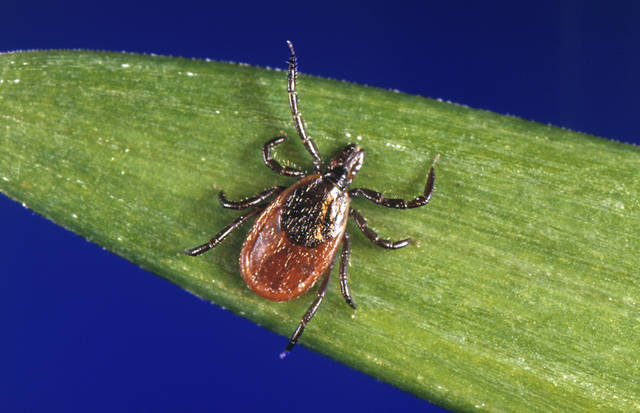State officials are working to better understand the risk of tick-borne illnesses with a new multi-year study.
The Pennsylvania Department of Environmental Protection is conducting a five-year study that started in July 2018. It’s part of the Pennsylvania Lyme Disease Task Force recommendations for combating the growing cases of Lyme and other tick-borne diseases. Funding is being provided by the Pennsylvania Department of Health.
DEP has collected 3,663 adult black-legged ticks for testing since July 2018.
“Lyme disease affects thousands of Pennsylvanians every year, but ticks are also known to carry other pathogens that could infect humans,” said DEP Secretary Patrick McDonnell. “This survey will provide important data that will help us better understand these arachnids in our environment and inform Pennsylvanians on how, when and where to avoid getting bitten by a disease-carrying tick.”
Secretary of Health Dr. Rachel Levine said Lyme disease is a major public health concern in the state.
“Many people believe that Lyme disease, and the ticks that carry the disease, can only be found in wooded areas,” she said. “However, I know personally, as do many others, that ticks can be found in your backyard, where you walk your dog, or the local park.”
The survey is taking place in every county to track ticks’ habitats, life stages and peak activity levels and to test them for diseases.
Additionally, 38 counties are conducting a specific survey of nymphal blacklegged ticks, which can transmit Lyme Disease to humans.
The nymphal stage of the blacklegged tick causes the most tickborne illness in Pennsylvania due to its size and activity period. It is significantly smaller — about the size of a poppy seed — than the adult and less likely to be discovered on the human body.








